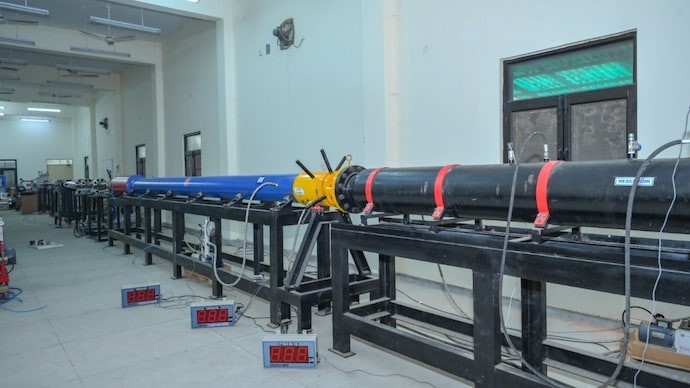Free Courses Sale ends Soon, Get It Now


Free Courses Sale ends Soon, Get It Now



Disclaimer: Copyright infringement not intended.
Context
The Indian Institute of Technology Kanpur (IITK) has achieved a significant milestone by establishing and testing India’s first Hypervelocity Expansion Tunnel Test Facility, named S2.
Details
Introduction to Sonic Speeds
Factors Affecting Sonic Speed:
Significance and Effects of Sonic Speeds:
Applications of Sonic Speeds:
Speed of Sound in Air:
Speed of Sound in Water:
Speed of Sound in Solids:
Supersonic Speed:
Hypersonic Speed:
Transonic Speed:
|
PRACTICE QUESTION Q. Which of the following statements regarding sonic speeds is correct? 1. Sonic speed refers to the speed of light in a vacuum. 2. Sonic speed is the maximum speed attainable by any object in motion. 3. Sonic speed is the speed at which sound waves propagate through a medium. 4. Sonic speed is inversely proportional to the density of the medium. Options: A) 1 and 2 B) 2 and 3 C) 3 and 4 D) 1 and 4 Correct Answer: C) |
© 2024 iasgyan. All right reserved